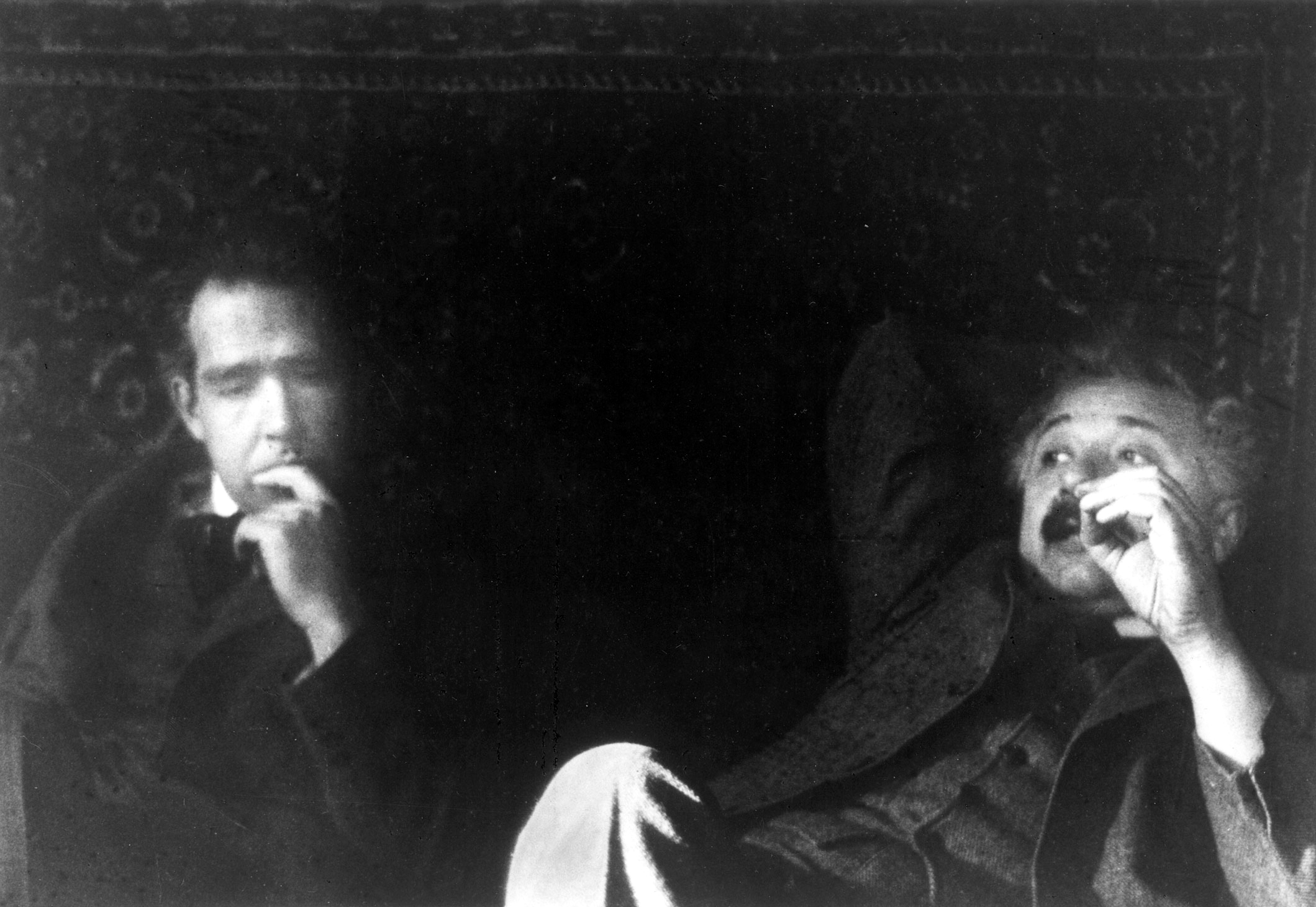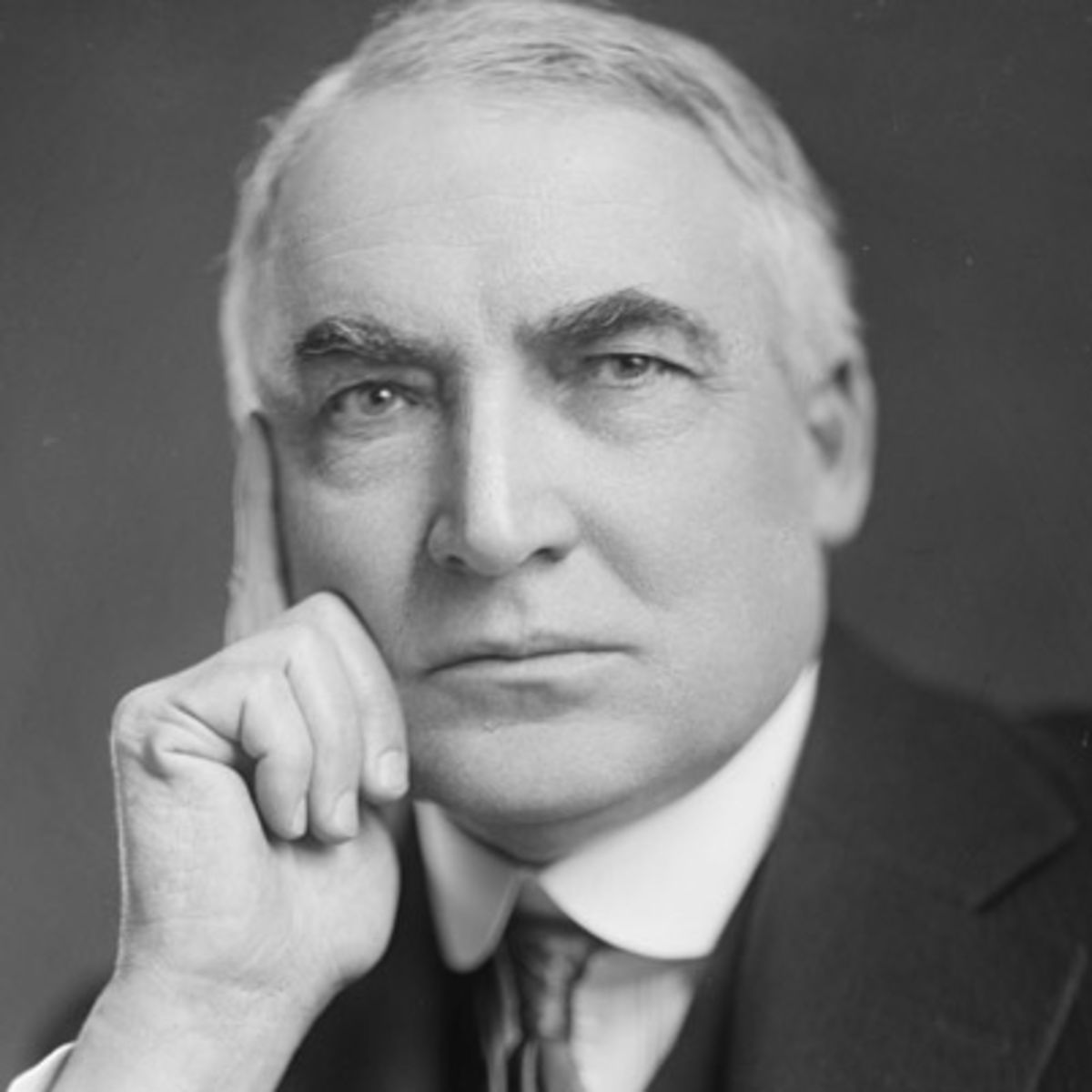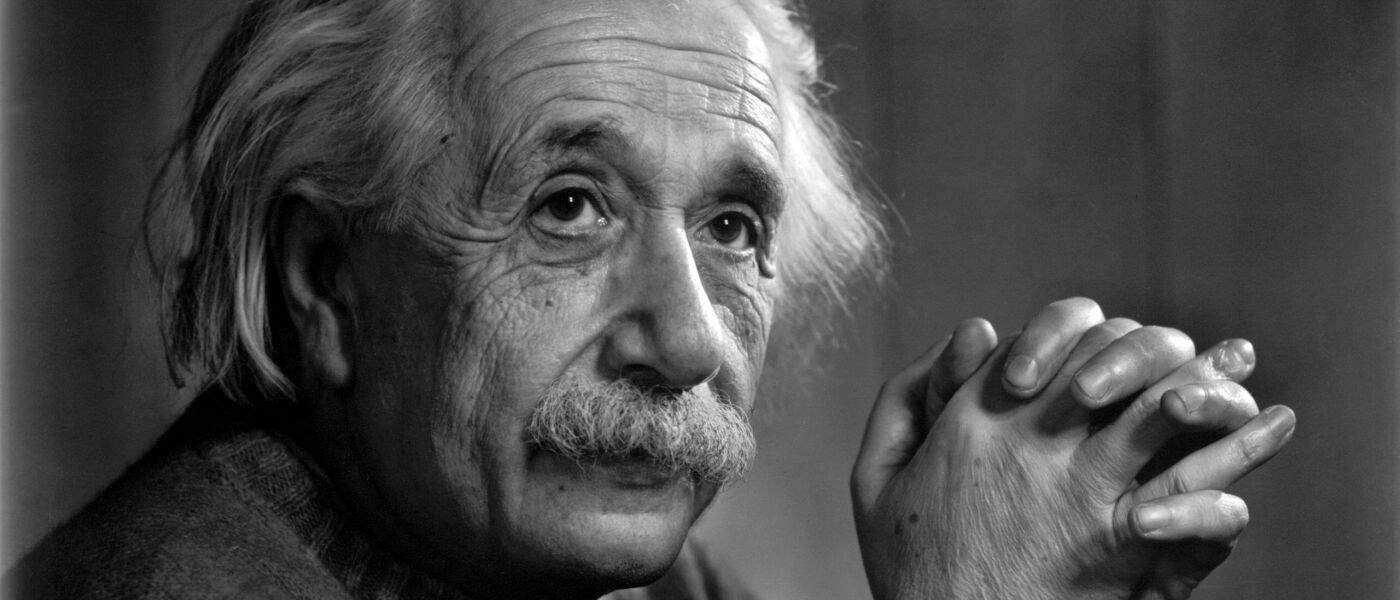Albert Einstein to attend LSC After Dark: Science Speakeasy
Everyone at Liberty Science Center is starstruck right now. Why, you may ask? We recently found out that Albert Einstein – yes, that Albert Einstein! – has accepted an invitation to attend our next LSC After Dark 21+ party, “Science Speakeasy,” on November 17. He will be joined by Anthony Iliakostas, who manages Einstein’s social media accounts (follow him on Facebook, Twitter and Instagram).
As you might imagine, we are huge fans of Einstein at LSC, and we are honored that the brilliant physicist has chosen to spend his Thursday night partying with us and teaching us a thing or two about general relativity.
1) In 1921, Einstein fell in love with Princeton

Einstein’s relationship with Princeton began in 1921, when he held a series of lectures at the university during his first US tour. On May 9, 1921, president and head of Princeton University John Hibben awarded Einstein an honorary doctorate and called him the “new Columbus of science.”
In the 1930s, Einstein and his wife Elsa moved to the US and they bought a home in Princeton. The house, at 112 Mercer Street, still exists to this day.
2) Einstein won the Nobel Peace Prize for Physics in the early ’20s

On November 9, 1922, Einstein was awarded the 1921 Nobel Peace Prize in Physics for his explanation of the photoelectric effect. Interestingly, Einstein came up with that theory as well as the theory of special relativity in 1905, but he only received the Nobel Prize for one of them.
Throughout the 1920s, Einstein received a total of eight awards, honorary degrees and honors, including the Nobel Prize, the Copley Medal from the Royal Society of Princeton and the Gold Medal from the Royal Astronomical Society.
In his lifetime, Einstein received 14 awards and honors.
3) There was tension between Einstein and fellow physicist Niels Bohr during the 1920s

In the mid-1920s, physicists Erwin Schrodinger and Werner Heisenberg created theories on quantum mechanics which Einstein refused to accept. This sparked multiple debates between him and Niels Bohr, who accepted quantum mechanics.
Einstein’s refusal to accept quantum mechanics led to his increased isolation from the scientific mainstream in his later years.
4) Einstein met President Harding in 1921

Our 29th president, Warren G. Harding, was the only US president that Einstein physically met at the White House. The two met in 1921 during Einstein’s first trip to America.
5) Einstein invented the absorption refrigerator in 1926

The Einstein refrigerator, as it has been called, is an absorption refrigerator which has no moving parts, operates at constant pressure and requires only a heat source to operate.
Einstein and his former student Leo Szilard invented it in 1926. It was officially patented by the US Patent Office in 1930.
Plus, a few bonus fun facts…
- Yoda from Star Wars was modeled after Einstein. Seriously! Star Wars makeup supervisor and special effects artist Stuart Freeborn created Yoda from a photo of Einstein that was hanging on an office wall. Einstein’s eyes, hair and wrinkles are just some of the distinct physical traits that make Yoda resemble Einstein.
- Einstein has made many memorable cameos in DC and Marvel Comics over the years. His first comic book cameo was in Superman Issue #55, published in 1948, in a two-page biography about Einstein titled “The Boy Who Wasn’t Too Bright.”
- This year, we’re celebrating the 101st anniversary of Einstein’s theory of general relativity, which discusses the existence of black holes, gravity and the curvature of spacetime.
Ready to meet Einstein? Get tickets now to LSC After Dark: Science Speakeasy!
